The 1970s were a time when music broke free from the constraints of the previous decade, stretching boundaries and exploring new sonic territories that would have been unthinkable just years before. From the experimental sounds of prog rock to the raw energy of punk, from the sophisticated grooves of funk to the cosmic explorations of electronic music, this decade gave us albums that didn’t just entertain—they transformed our understanding of what music could be. These weren’t just collections of songs; they were bold statements that challenged listeners to expand their musical horizons and embrace the unexpected.
1. Pink Floyd – “The Dark Side of the Moon” (1973)
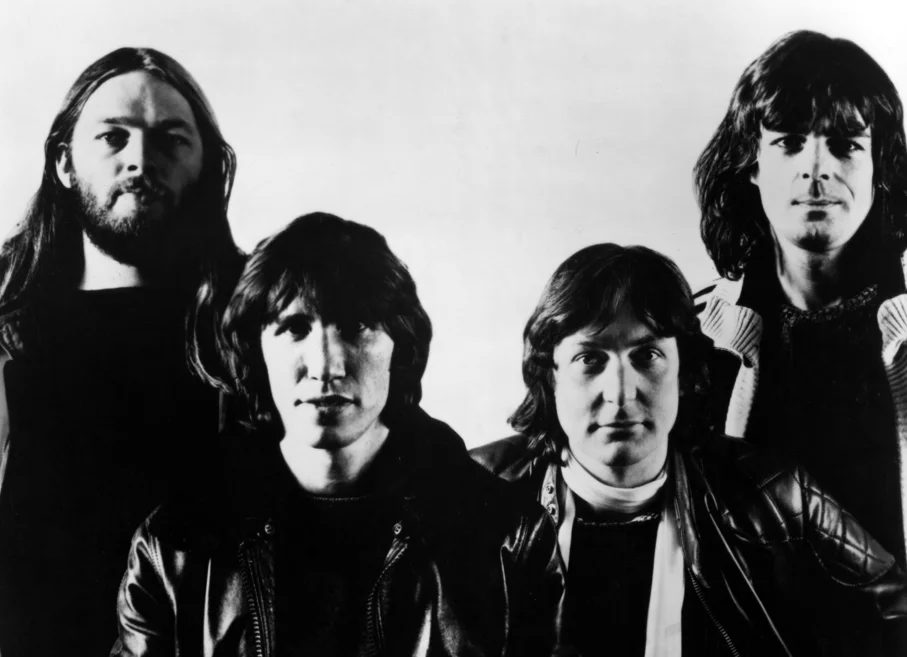
When Pink Floyd released “The Dark Side of the Moon,” they created more than just an album—they crafted an immersive experience that turned your living room into a journey through the human psyche. The seamless transitions between tracks, the innovative use of sound effects, and the philosophical themes about mental health, time, and mortality created something that demanded to be heard from start to finish. Roger Waters’ conceptual vision combined with David Gilmour’s soaring guitar work and the band’s masterful use of the recording studio as an instrument itself. The New York Times also lists all the ways this groundbreaking album continues to remain unbeatable to this day.
The album spent an incredible 14 years on the Billboard 200 chart, becoming the soundtrack to countless late-night conversations and moments of introspection. Its exploration of anxiety, greed, and the pressures of modern life resonated with a generation grappling with Vietnam, Watergate, and rapid social change. The way it synchronized perfectly with “The Wizard of Oz” became the stuff of legend, whether intentional or not, cementing its place in popular culture folklore.
2. Stevie Wonder – “Songs in the Key of Life” (1976)
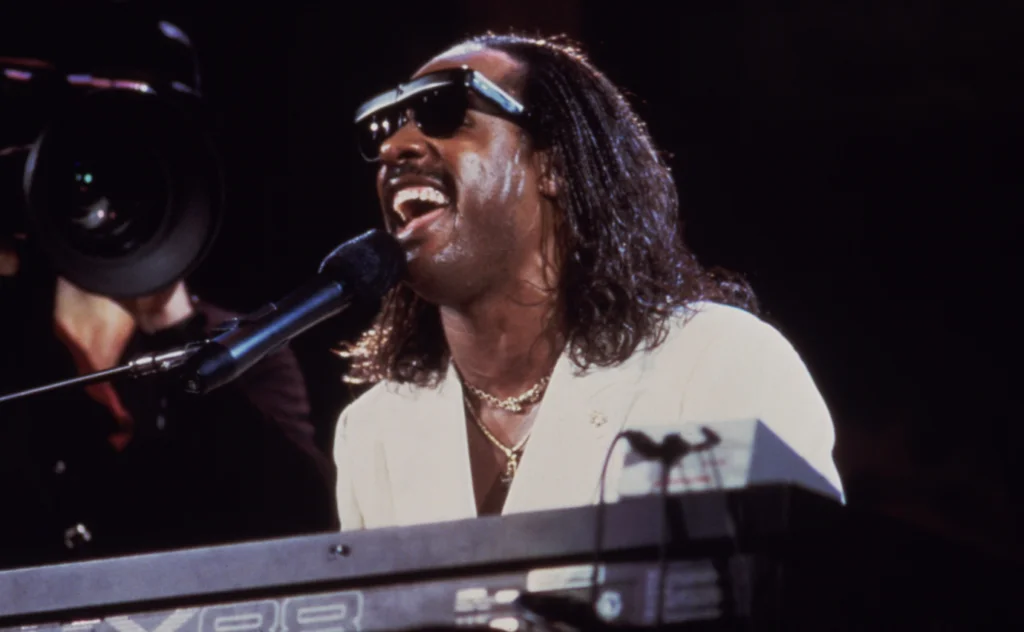
Stevie Wonder’s double album masterpiece arrived like a musical encyclopedia, showcasing every facet of his genius across genres that ranged from soul and funk to jazz and pop. The album’s ambitious scope included everything from the joyous celebration of “Sir Duke” to the socially conscious “Village Ghetto Land,” proving that popular music could be both entertaining and deeply meaningful. Wonder played nearly every instrument himself, creating a one-man symphony that redefined what a single artist could accomplish in the studio. It’s no wonder Rolling Stone includes this in its listing of the very best of Stevie Wonder.
The album captured the spirit of mid-’70s America with its blend of optimism and social awareness, addressing everything from racial inequality to the simple joys of childhood. Songs like “Isn’t She Lovely” celebrated new life (his daughter Aisha) while tracks like “Black Man” challenged listeners to reconsider their assumptions about history and contribution. Wonder’s use of synthesizers and electronic instruments alongside traditional soul arrangements created a sound that was both futuristic and deeply rooted in musical tradition.
3. Led Zeppelin – “Led Zeppelin IV” (1971)
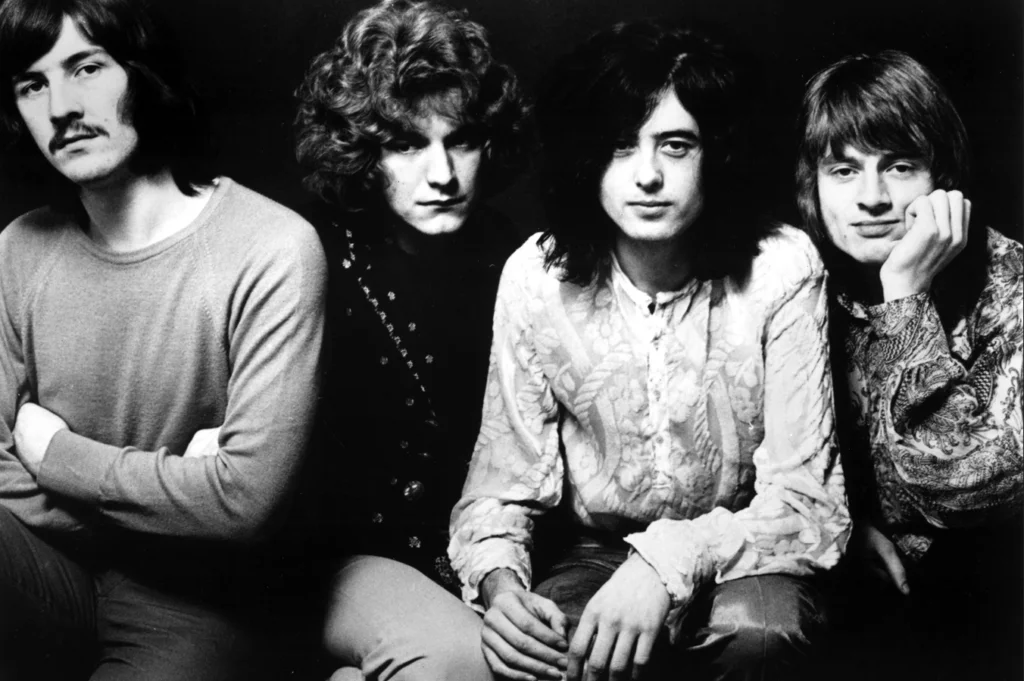
Led Zeppelin’s fourth album arrived without a title, featuring only mysterious symbols, yet it spoke louder than any words could express. The album seamlessly blended hard rock with folk influences, creating an atmospheric journey that ranged from the mystical “Stairway to Heaven” to the thunderous “When the Levee Breaks.” Jimmy Page’s production techniques, including the famous “backwards echo” and innovative microphone placement, created sounds that seemed to emerge from another dimension entirely. New Sound Generation explores how this and more represent the way Led Zeppelin shaped music as a whole.
“Stairway to Heaven” became more than just a song—it became a cultural phenomenon that defined what epic rock could achieve. The album’s exploration of mythology, spirituality, and raw human emotion resonated with listeners who were searching for meaning beyond the surface of popular culture. Robert Plant’s vocals soared over John Bonham’s earth-shaking drums and John Paul Jones’ intricate bass lines, creating a wall of sound that made you feel like you were witnessing something truly transcendent.
4. Marvin Gaye – “What’s Going On” (1971)

Marvin Gaye’s deeply personal meditation on social issues transformed him from Motown’s smooth crooner into a prophetic voice for troubled times. The album’s stream-of-consciousness approach, where songs flowed into each other like chapters in a novel, created an intimate conversation about war, poverty, and environmental destruction. Gaye’s multi-layered vocals, often conversing with himself, created a sense of internal dialogue that made listeners feel like they were eavesdropping on his deepest thoughts.
The album’s jazz-influenced arrangements and sophisticated production marked a departure from the traditional Motown sound, proving that popular music could tackle serious subjects without losing its emotional impact. Songs like “Mercy Mercy Me” and “Inner City Blues” painted vivid pictures of urban decay and environmental crisis that felt both immediate and timeless. Gaye’s willingness to address controversial topics like Vietnam and police brutality made this album a catalyst for socially conscious music that would influence artists for decades to come.
5. David Bowie – “The Rise and Fall of Ziggy Stardust and the Spiders from Mars” (1972)
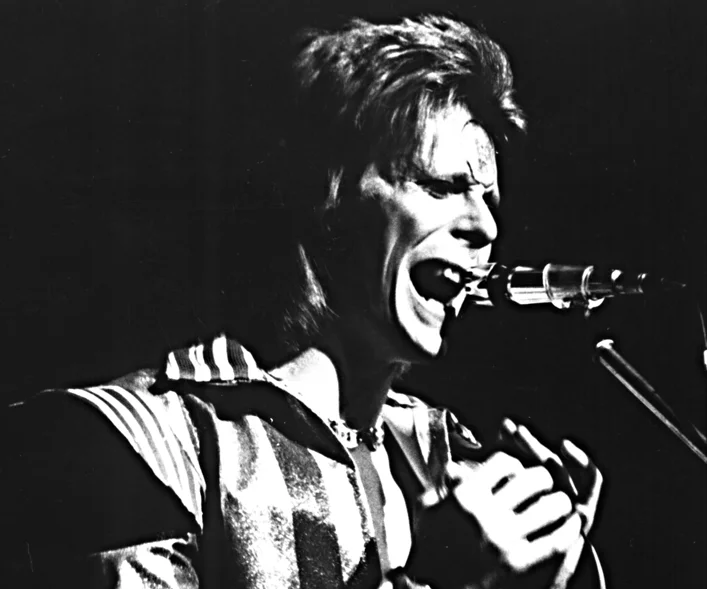
David Bowie’s creation of Ziggy Stardust didn’t just introduce a character—it launched a new way of thinking about what a rock star could be. The album’s concept of an androgynous alien rock star coming to Earth during its final five years was both a brilliant marketing concept and a profound statement about identity and transformation. Bowie’s theatrical approach to rock music, combined with Mick Ronson’s glam-rock guitar work, created a sound that was simultaneously nostalgic and futuristic.
The album’s themes of fame, isolation, and the price of stardom proved prophetic, as Bowie himself became consumed by the Ziggy persona. Songs like “Starman” and “Suffragette City” combined catchy melodies with subversive lyrics that challenged conventional notions of gender and sexuality. The album’s influence on fashion, performance art, and the very concept of rock theater cannot be overstated—it showed that rock music could be high art, social commentary, and entertainment all at once.
6. Kraftwerk – “Autobahn” (1974)
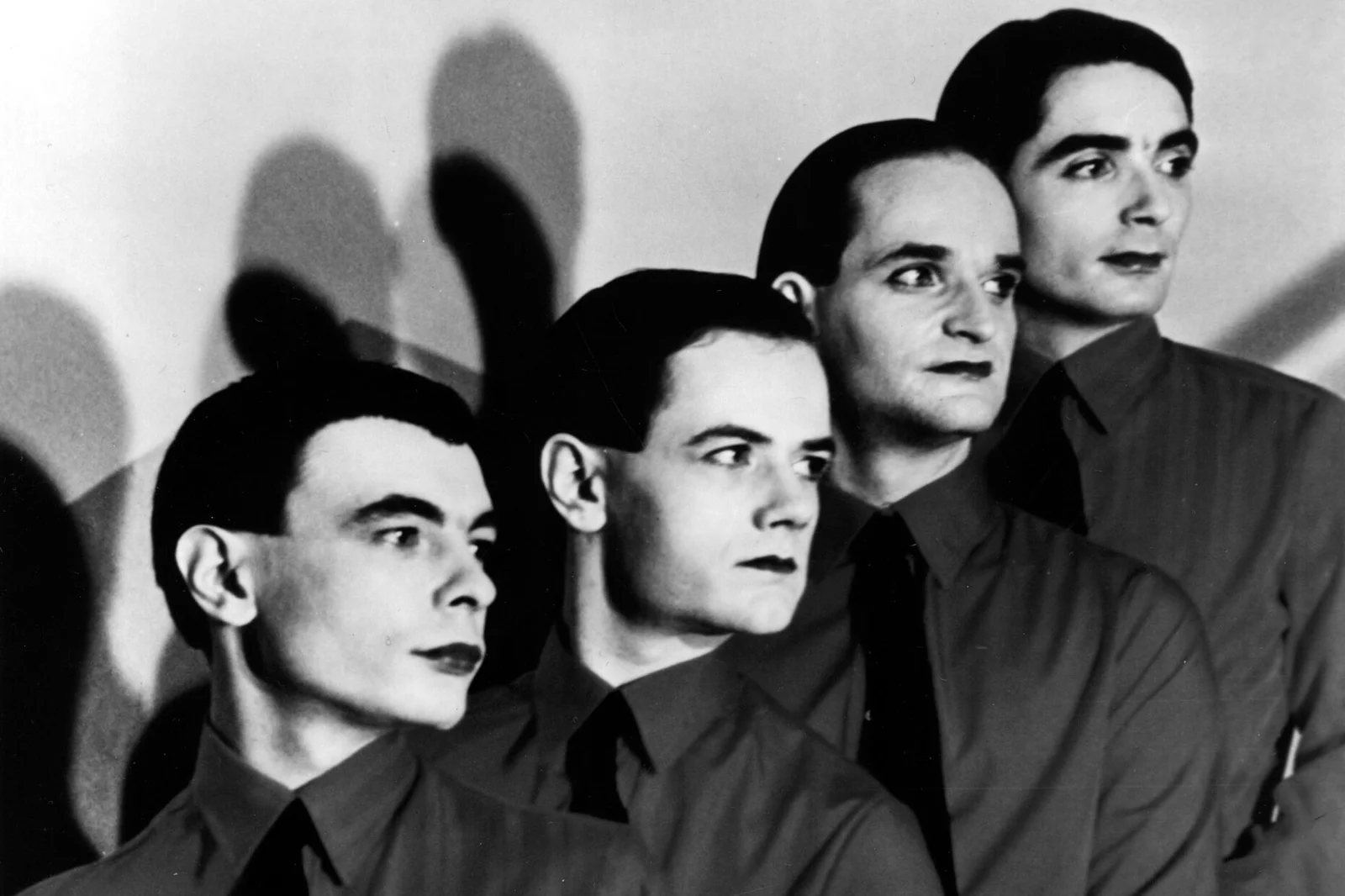
Kraftwerk’s 22-minute title track transformed the simple act of driving on a German highway into a hypnotic electronic journey that predicted the future of popular music. The German quartet’s use of synthesizers, drum machines, and vocoders created a mechanical yet oddly human sound that captured the rhythm of modern life. Their minimalist approach, where repetition became meditation, influenced everyone from disco producers to hip-hop pioneers to electronic dance music creators.
The album’s celebration of technology and machine-made music was both unsettling and exhilarating, suggesting a future where humans and machines could create beauty together. The way they transformed everyday sounds—car engines, radio static, wind noise—into musical elements showed that inspiration could come from anywhere in the modern world. Kraftwerk’s vision of electronic music as a legitimate art form rather than just a novelty opened doors for countless artists who would follow their pioneering path.
7. Parliament-Funkadelic – “Mothership Connection” (1975)
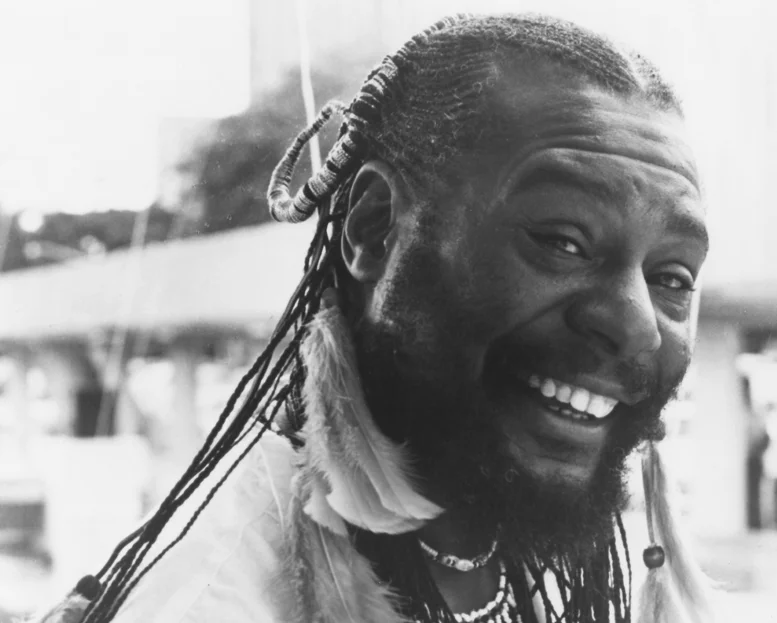
George Clinton’s Parliament delivered a cosmic funk experience that turned dance music into a space-age spiritual journey. The album’s concept of funk as a universal force that could unite people across racial and cultural boundaries was both musically innovative and socially progressive. Clinton’s use of elaborate stage shows, featuring a landing spaceship, transformed concerts into theatrical events that were part rock show, part religious revival, and part science fiction spectacular.
The album’s deep grooves and layered vocals created a sound that was impossible to ignore, demanding that listeners move their bodies while engaging their minds. Songs like “Give Up the Funk” became anthems of liberation, celebrating the power of rhythm to transcend social barriers and create community. The way Parliament-Funkadelic blended humor with serious musical innovation showed that funk could be both intellectually stimulating and physically irresistible.
8. Fleetwood Mac – “Rumours” (1977)

Fleetwood Mac transformed their personal turmoil into musical gold, creating an album that turned heartbreak into art with stunning beauty and brutal honesty. The band members’ romantic entanglements and breakups became the raw material for songs that explored love, betrayal, and resilience with uncommon emotional depth. The album’s pristine production, courtesy of the band and engineers like Ken Caillat, created a sound that was both intimate and epic, perfect for both headphone listening and arena singalongs.
The album’s exploration of relationship dynamics resonated with listeners who were navigating their own romantic complexities during the changing social landscape of the late ’70s. Songs like “Go Your Own Way” and “Don’t Stop” became anthems for anyone who had ever loved and lost, while the mysterious “Rhiannon” added an element of mysticism to the proceedings. The way the band channeled their personal pain into universal themes of healing and hope made “Rumours” a companion for life’s most challenging moments.
9. The Ramones – “Ramones” (1976)
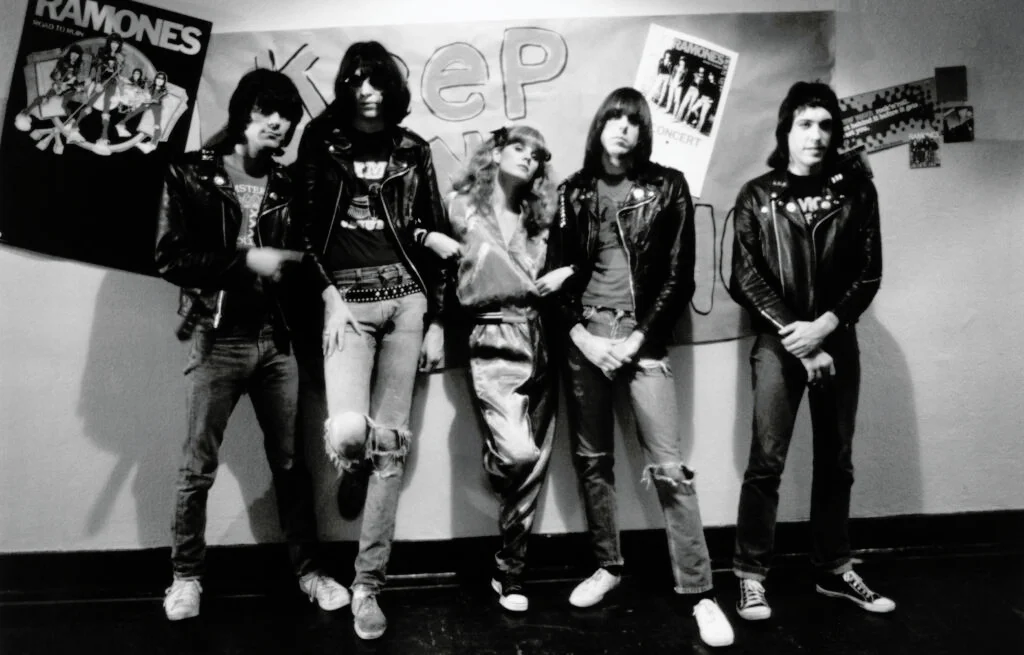
The Ramones’ debut album stripped rock music down to its essential elements, proving that power and passion mattered more than technical virtuosity or elaborate production. Their two-minute bursts of energy, with titles like “Blitzkrieg Bop” and “Beat on the Brat,” captured the frustration and energy of urban youth with an urgency that made prog rock’s complexity seem pretentious. The album’s lo-fi production and simple chord progressions created a template for punk rock that would inspire countless bands to pick up instruments and make noise.
The Ramones’ aesthetic of torn jeans, leather jackets, and shaggy hair became a uniform for outsiders who felt alienated from mainstream culture. Their songs about sniffing glue, teenage relationships, and urban decay painted a picture of American life that was both darker and more immediate than the escapist themes dominating radio. The album’s influence on alternative rock, indie music, and the DIY ethos cannot be overstated—it showed that anyone could make music that mattered, regardless of their technical skill or industry connections.
10. Donna Summer – “I Remember Yesterday” (1977)
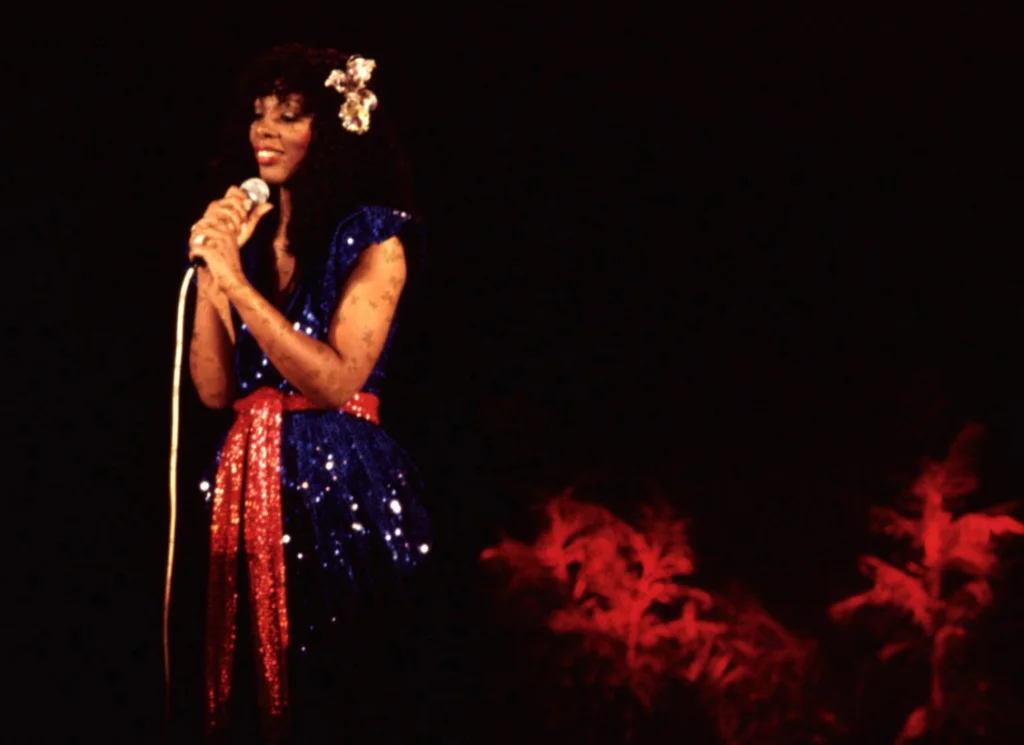
Donna Summer’s collaboration with producers Giorgio Moroder and Pete Bellotte created a disco masterpiece that pushed the boundaries of dance music into new electronic territories. The album’s concept of musical time travel, with each song representing a different era, showcased Summer’s incredible vocal range and the producers’ innovative use of synthesizers and drum machines. The 17-minute version of “I Feel Love” became a blueprint for electronic dance music, with its relentless sequencer patterns and hypnotic repetition creating a trance-like state on dance floors worldwide.
The album’s fusion of disco, electronic music, and pop sensibilities created a sound that was both futuristic and deeply soulful. Summer’s powerful vocals soared over the mechanical precision of the backing tracks, creating a perfect balance between human emotion and technological innovation. The way the album elevated disco from simple dance music to a sophisticated art form helped legitimize electronic music and paved the way for house music, techno, and countless other genres that would emerge in the following decades.
11. Alice Cooper – “Love It to Death” (1971)
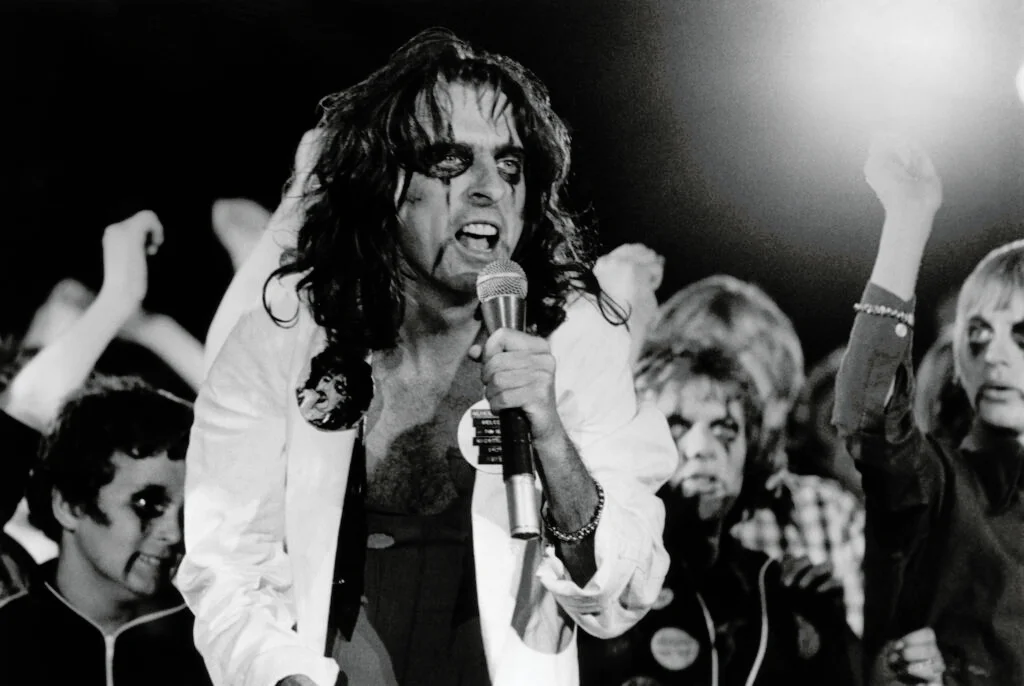
Alice Cooper’s breakthrough album transformed shock rock from a gimmick into a legitimate art form, combining theatrical horror with surprisingly sophisticated songwriting. The band’s collaboration with producer Bob Ezrin brought a level of musical craftsmanship that elevated their macabre stage personas beyond mere spectacle. Songs like “I’m Eighteen” captured the confusion and rebellion of teenage life with an honesty that resonated far beyond the album’s horror movie aesthetic.
The album’s blend of hard rock riffs with vaudeville theatricality created a template for countless rock performers who would follow, from Kiss to Marilyn Manson. Alice Cooper’s willingness to explore taboo subjects and dark themes gave voice to the anxieties and frustrations that polite society preferred to ignore. The way the band balanced genuine musical talent with outrageous performance art proved that rock music could be both entertaining spectacle and serious artistic statement, influencing everything from heavy metal to punk rock’s confrontational attitude.
12. Talking Heads – “Talking Heads: 77” (1977)
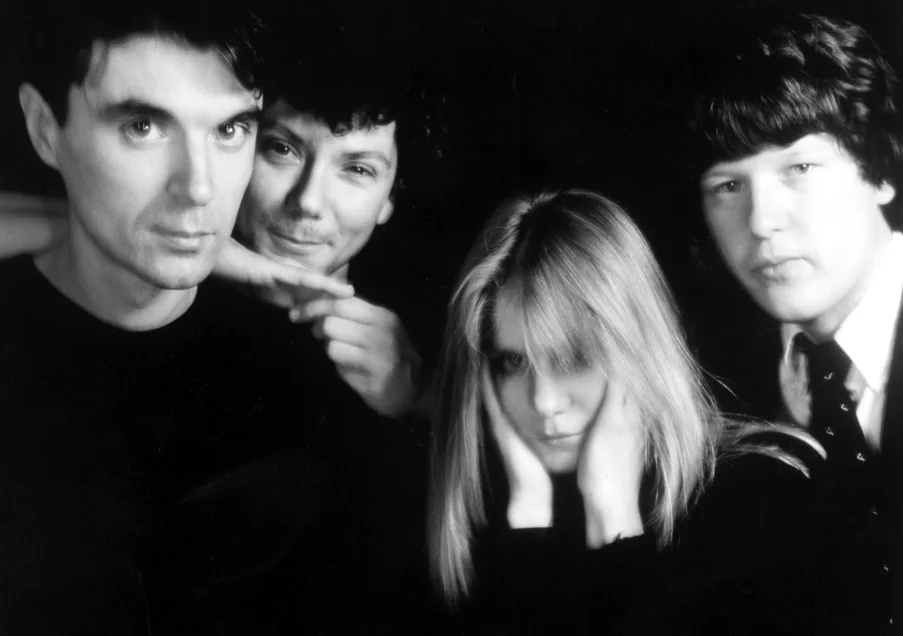
Talking Heads’ debut album introduced a new kind of nervous energy to rock music, combining art school intellectualism with genuine emotional vulnerability. David Byrne’s quirky vocals and unconventional song structures, supported by the band’s tight rhythmic interplay, created a sound that was both cerebral and surprisingly danceable. The album’s exploration of urban alienation, social anxiety, and modern life’s absurdities resonated with listeners who felt disconnected from traditional rock music’s themes of rebellion and romance.
The band’s influence on alternative rock, new wave, and indie music was immediate and lasting, showing that rock music could be both smart and accessible. Songs like “Psycho Killer” and “Uh-Oh, Love Comes to Town” combined Byrne’s observational lyrics with irresistible grooves that made complexity feel natural. The way Talking Heads blended punk’s energy with art rock’s sophistication created a template for bands who wanted to challenge listeners intellectually while still making them move their feet.
These twelve albums didn’t just capture the sound of the 1970s—they created it, pushing music into territories that seemed impossible just a few years earlier. Each one represents a moment when artists decided to trust their vision over commercial expectations, creating works that continue to inspire and challenge listeners decades later. They remind us that the most meaningful art often comes from taking risks, whether that meant Pink Floyd’s 22-minute sonic journeys or the Ramones’ two-minute blasts of pure energy, proving that innovation in music has always come from artists brave enough to sound like no one else.


